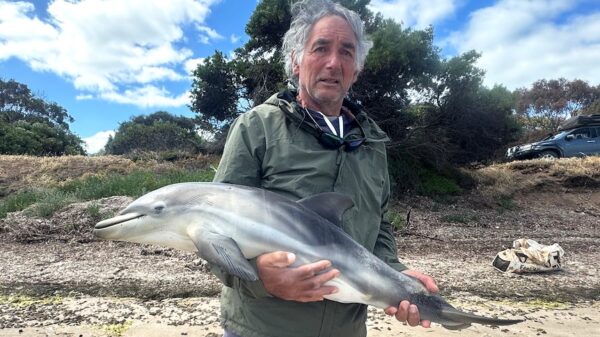Bees in Norway are experiencing a troubling decline, with the country witnessing a significant reduction in its bee population. Once home to 212 different bee species, Norway is now grappling with the loss of some of these vital pollinators, as many species struggle to survive or have already disappeared.
The challenges facing bee populations in Norway align with a broader global trend, where insect numbers are in sharp decline. According to research conducted by the Norwegian Institute for Nature Research (NINA), these declines are primarily attributed to factors such as climate change, habitat loss, and pesticide use.
Factors Contributing to Decline
Climate change has emerged as a critical factor impacting bee habitats. As temperatures rise, the natural ecosystems that support these species are altered, leading to mismatches in the availability of food sources. For instance, flowers that provide nectar and pollen may bloom earlier than usual, leaving bees without the necessary resources when they emerge from hibernation.
Additionally, the use of pesticides poses a significant threat. Studies indicate that certain chemical treatments not only kill bees directly but also impair their navigation and reproductive capabilities. This dual threat further exacerbates the challenges faced by bee populations in Norway.
The loss of bee species is not merely an environmental concern; it has profound implications for biodiversity and agriculture. Bees play a crucial role in pollinating many crops, and their decline could lead to reduced yields in fruits, vegetables, and nuts, impacting food security and local economies.
Current Initiatives and Future Outlook
In response to these alarming trends, various initiatives are underway to support bee populations in Norway. Conservation efforts are focused on creating bee-friendly habitats, promoting organic farming practices, and increasing public awareness about the importance of these pollinators.
The NINA has emphasized the need for sustained research and monitoring to better understand the specific causes of bee decline and to develop effective conservation strategies. Collaboration between government bodies, agricultural sectors, and environmental organizations is essential to ensure a comprehensive approach to protect these vital species.
As Norway navigates the challenges of bee population decline, the efforts to safeguard remaining species are more critical than ever. The future of Norway’s bees—and the ecosystems they support—depends on immediate and coordinated action to address the multifaceted threats they face.



























































